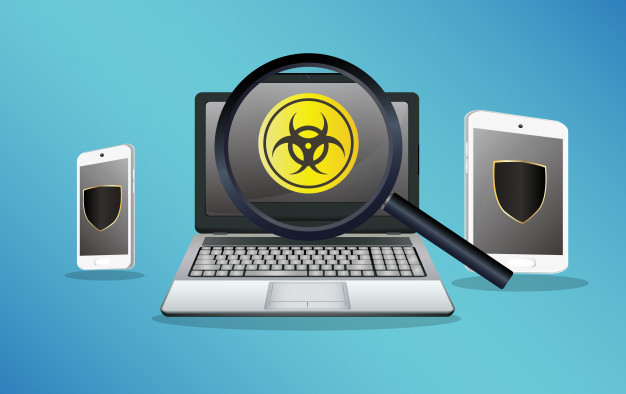Modern businesses often depend on their websites. This means that if you run an SMB you absolutely must know how to protect your website from malware. With that in mind, here are some tips to help.
How to protect website from malware
When looking at how to protect your website from malware, there are three key areas you need to address. These are as follows. Choose the right host and hosting plan. Invest in robust anti-malware protection. Take care of your software.
Choose the right host and hosting plan
If you start looking for a web host by doing an internet search on the term, you’ll probably discover that a lot of web hosting companies feature their competitive pricing heavily in their adverts. On the one hand, this is understandable as many companies, especially SMBs do have to work to very tight budgets.

On the other hand, a competitive price is no good without robust security. This is why your order of priorities should be security, uptime, page-load time, customer service, and technical support. Only then should pricing come into play.
It also has to be said that adverts for deals with especially low prices also tend to be rather misleading. What you often find is that basic security services are offered as chargeable add-ons. This means that the price you actually end up paying (assuming you want to protect your website from malware) is rather higher than you would think from the advert.
Similarly, you might find that the best overall value comes from the more premium hosting options. There are two reasons for this. First of all, premium hosting options tend to be on dedicated servers and tend to have your host undertake some or all of the server management for you. This can be a huge convenience and also makes sure that any security-related tasks are undertaken by someone who really knows what they’re doing.
Secondly, there’s usually a fairly strong correlation between the price of your hosting package and the amount of bandwidth that comes with it. The more bandwidth you have, the more traffic you can absorb before your website starts to slow down. This gives you more room to identify and treat DDoS attacks before they cripple you. DDoS attacks are not, technically, malware, but they have much the same effect. More bandwidth also tends to make your website run more smoothly in general, which is highly desirable.
Invest in robust anti-malware protection
You need a website vulnerability scanner for your website plus a regular anti-malware solution, with an integrated firewall, for your computers and mobile devices. Remember that there are basically three ways a hacker can attack your website. One is to go through the server, hence the importance of choosing your hosting with care. One is to attack the website itself directly, hence why you need a website vulnerability scanner and one is to attack the computers and mobile devices used to connect to the website and steal a user’s login credentials.
If you have remote and/or mobile users, you might also want to think about investing in a VPN to protect both them and you. This is particularly important for mobile users as they are the most likely to be forced by circumstances to use questionable internet connections such as public WiFi. It can, however, also be useful if you have remote workers as you cannot assume that they all know how to secure their home internet.
Take care of your software
In practical terms, your software is probably going to comprise an open-source content management system plus at least some third-party add-ons. You need to choose and use both with appropriate care.
All the open-source CMSs are capable of delivering a high level of security, provided that you use and maintain them appropriately. In particular, you need to know how to change default settings, set permissions appropriately, and keep them up-to-date. This last point is hugely important as it is very easy for malware creators and hackers to inform themselves of the security flaws in outdated versions of open-source software.
Third-party add-ons, however, are a very different story. Some of them genuinely offer great functionality, often for free. Others, however, are pure malware. There is also a wide range of options which are somewhere in between, including a lot of software which was created with good intentions, but which just doesn’t measure up to professional standards.
It’s therefore highly recommended to stick to well-known, well-supported, mainstream options and even then you want to do your research before you decide whether or not they are right for you. Ideally, test them thoroughly before you deploy them in production and, again, commit to keeping them updated.
Please click here now to have your website scanned, for free, by cWatch from Comodo.
© 2026 Comodo Security Solutions, Inc





